Can You Feather The Edge Of A Mask In Photoshop
Many times photos or drawings require a softening result effectually their edges and in Photoshop, this is known as "Feathering." It's a somewhat elementary process that proves useful for blending images, softening edges, or creating localized adjustments to your images.
Feathering in Photoshop is used to soften the edge of an paradigm, castor, or layer. For example, a brush stroke with a high feather will take blurred edges that blend into the paradigm. In dissimilarity, a brush stroke with a low plume will have a difficult edge and testify more useful when painting near objects.
Now throughout this tutorial, you'll larn the different means feathering changes your images, as well as how to use it to soften the edges of your photos to make them stand out.
What Is "Plumage" In Photoshop?
Plume in Photoshop refers to soft edges. You tin use these soft edges around a selection to nicely blend images, practice abroad with hard edges, or add together localized adjustments to object within an prototype. It can too exist used to fade parts of an image, blend brush adjustments, and make cutouts look more realistic.
The plume setting in Photoshop tin be achieved using the brush tool or selections. Selections are more than commonly used considering they can cover a large expanse to apply the upshot at in one case. In contrast, a feathered brush is used for more specific adjustments, such as feathering a small surface area in an paradigm or achieving a softening issue on a particular part of an paradigm.
Here'due south what a difficult edge brush looks similar vs. a feathered edge castor:
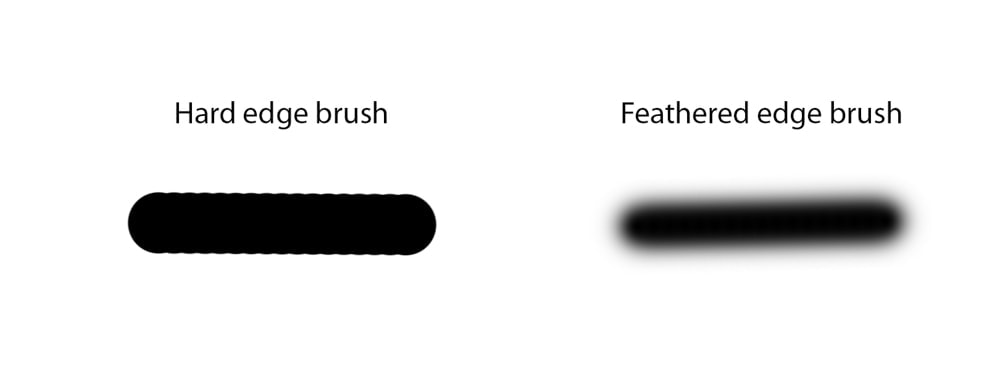
How To Adapt Brush Feathering
To adapt the Brush Tools feather in Photoshop, select the Brush Tool, then correct-click on your canvass to open the Castor Preset panel. Here you lot will see a Hardness slider that controls the corporeality of plumage your brush has. Gear up the hardness to 0% for a soft-edged castor or 100% for a hard-edged brush.
Let's break this down step by pace.
Here'due south how to suit a brush's hardness to achieve a feathered look:
- Create a new layer by clicking on the new layer icon in the layer panel (it'southward the square with the cross in information technology). Y'all tin also utilise the shortcut Shift + Control + Due north on Windows or Shift + Command + N on Mac to create a new layer.

- Next, select the brush tool, it's the paintbrush icon in the toolbar to the left of the screen. You lot tin can also use shortcut B to quickly select the brush tool as well.
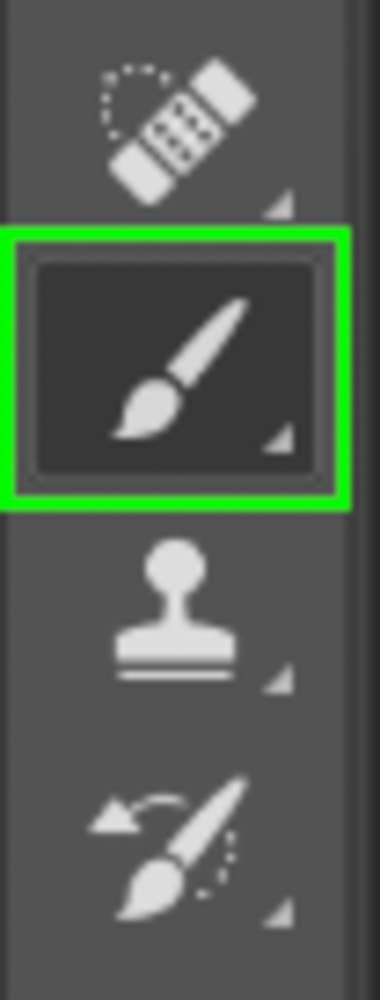
- Once yous've selected the brush tool, go to the Setting Bar and in that location will be a circle side by side to the brush tool icon. Click information technology and a popup menu will appear with the brush's settings.

- In the brush's settings, yous'll see two sliders, one determines the brush's size and the other determines the brush's hardness. For this tutorial, a 100 px brush was used, but you can use whatever size is virtually comfortable for yous. The hardness is prepare at 100% as default.
This level of hardness provides the sharp edges you usually see in most images, but the feathering upshot softens those edges. To add a feather to your brush, bring down the hardness amount.

- Since y'all have your new layer fix, paint a brush stroke with your brush at 100% hardness. Information technology volition look something like this:

- Next, yous're going to lower the brush's hardness by 25% and pigment a stroke beneath the first one. Notice how the edges are not equally hard on the second stroke as they are on the kickoff stroke? That'southward because the hardness has been reduced, fifty-fifty though it's but by 25%.
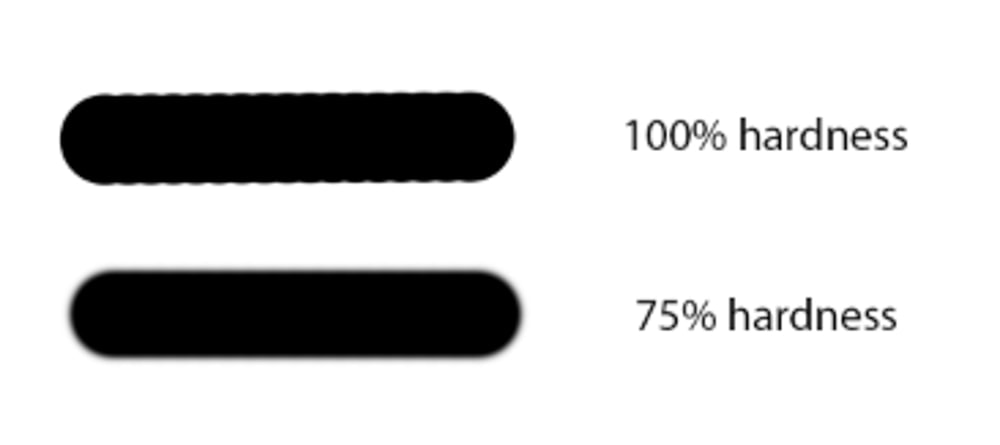
- Now, reduce the castor's hardness past increments of 25% and brand a stroke until you attain 0% hardness. Then compare each stroke and encounter how the edges gradually get softer, giving the brushstroke that feathering effect.
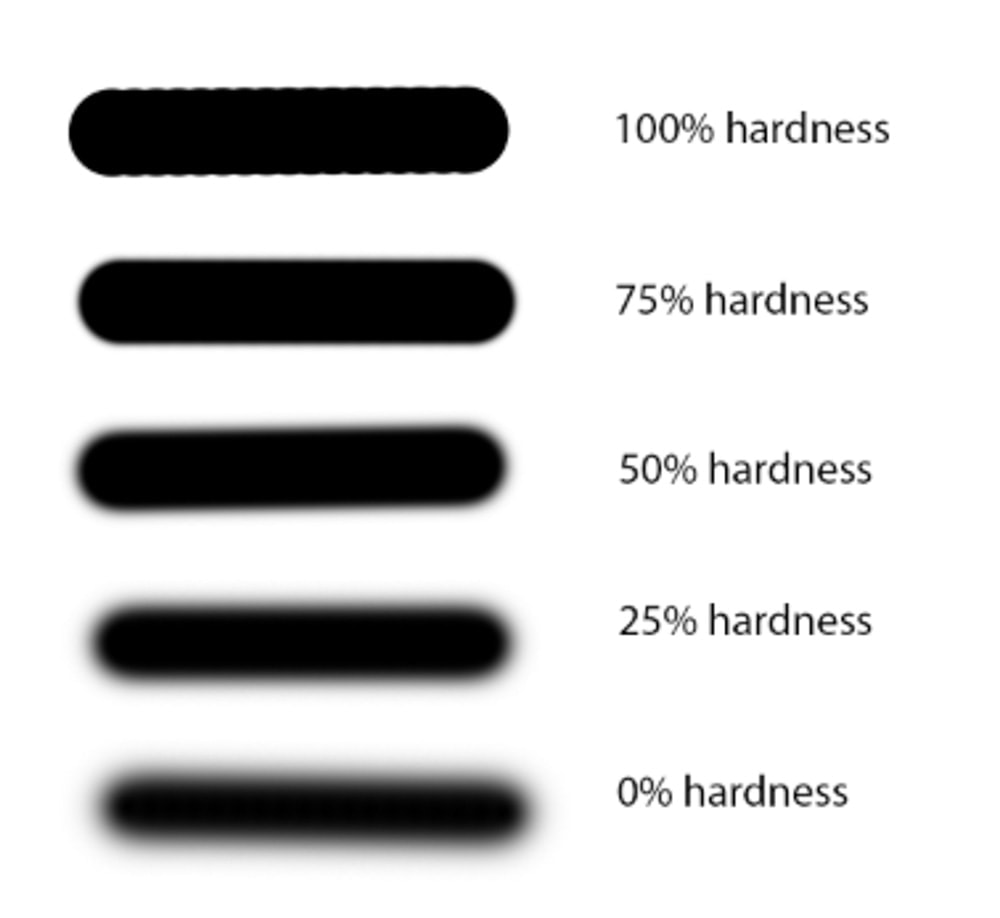
As you lot can see, as the castor's hardness goes down, the feathering effect increases. But, of course, the feathering you'd need for your images would depend heavily on you and your project, so don't be afraid to experiment and see what works best.
How To Feather The Edges Of An Epitome Or Layer In Photoshop
To feather the edges of a layer in Photoshop, select the layer by belongings Command or Control and clicking on the layer thumbnail. Next, become to Select > Modify > Plume and ready the desired feather amount. Now add a layer mask to your paradigm layer to plumage the edges of the image.
To give y'all a more detailed thought of this process, let's break it down further:
- Create a new file in Photoshop by pressing Control + N on Windows or Command + Due north on Mac, and and so import the image yous want to give the feathering effect. One time you've imported the paradigm, press Control + T on Windows or Command + T on Mac to activate the gratuitous transform tool. So accommodate the image size and position and so that information technology is centered on your canvas.


- At present that y'all're all set up, press Control on Windows or Command on Mac and so click the thumbnail of the prototype layer. This volition select the paradigm, and you tin tell it's selected when it has the broken lines surrounding information technology, also known as marching ants.
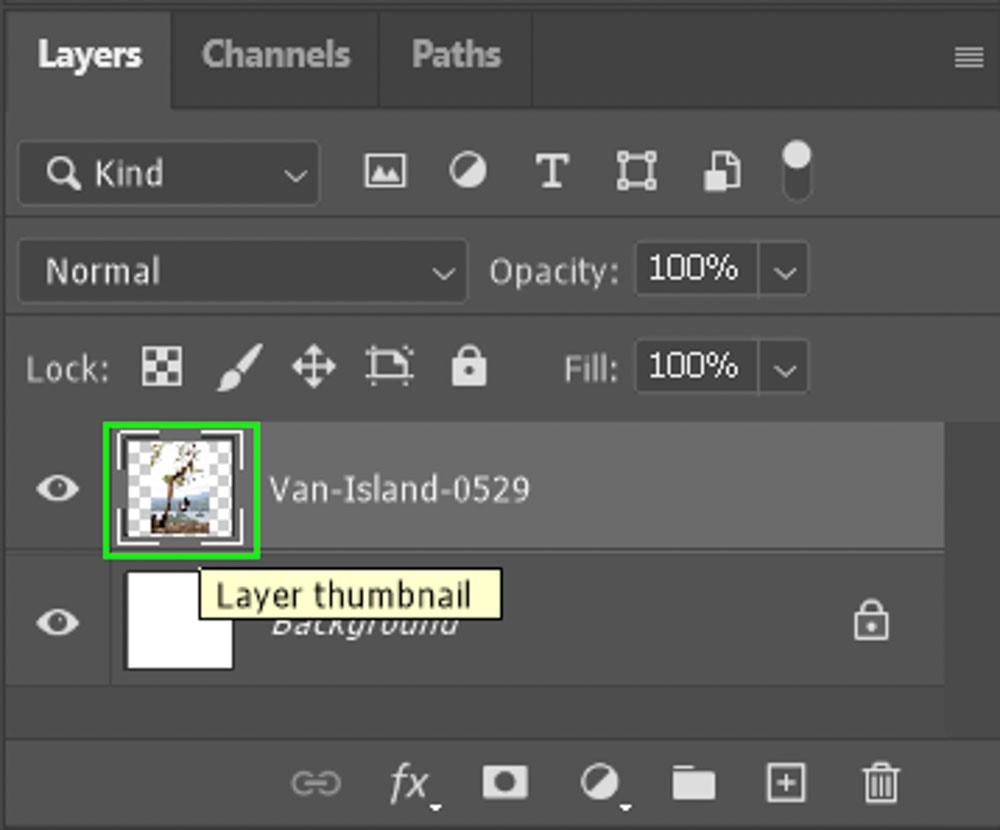
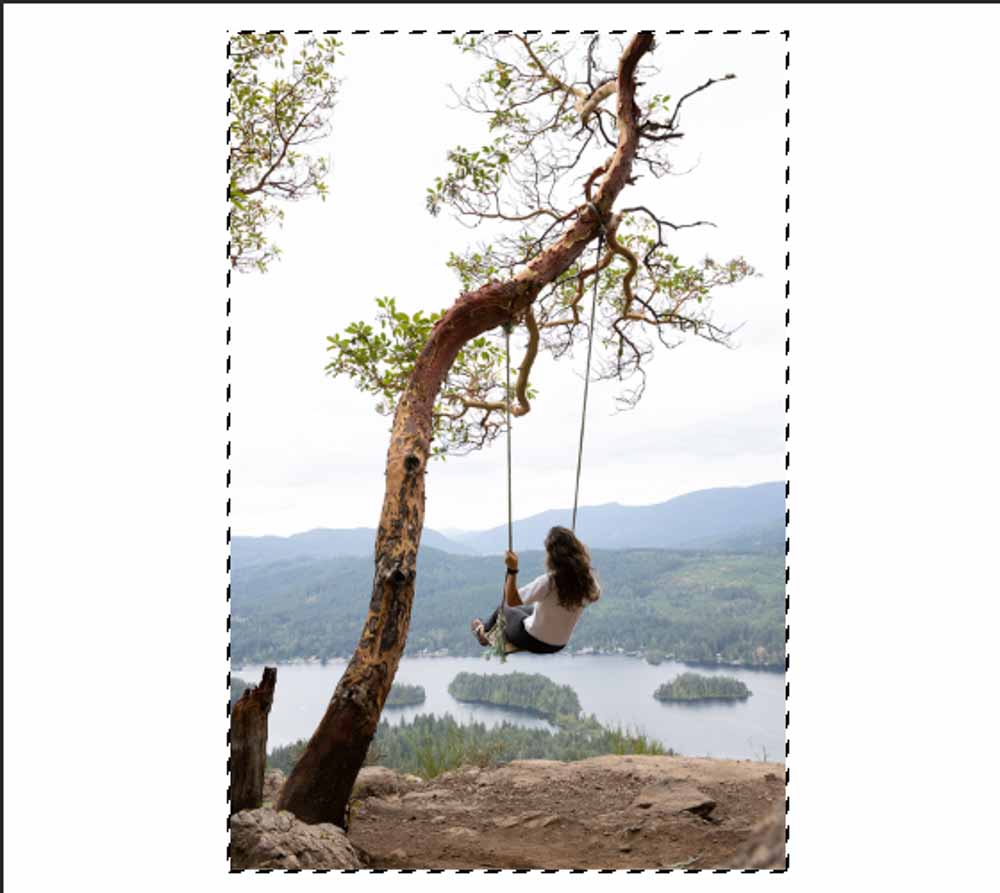
- After selecting the image, go to the Bill of fare Bar and click Select. From the dropdown carte du jour, hover your cursor over Change and click Feather from the bill of fare that appears to the right. If you wish to forgo all of this, you can also utilise the shortcut Shift + F6 to open the Feather Option Window.



- Side by side, you'll see the Feather Selection popular upwards. The Plume Radius is how much feathering volition exist practical to your image. For this tutorial, a feather radius of 100 pixels was used. You tin tweak it however you wish for your future projects but for this case, I'll prepare it to 100 pixels and then click OK.
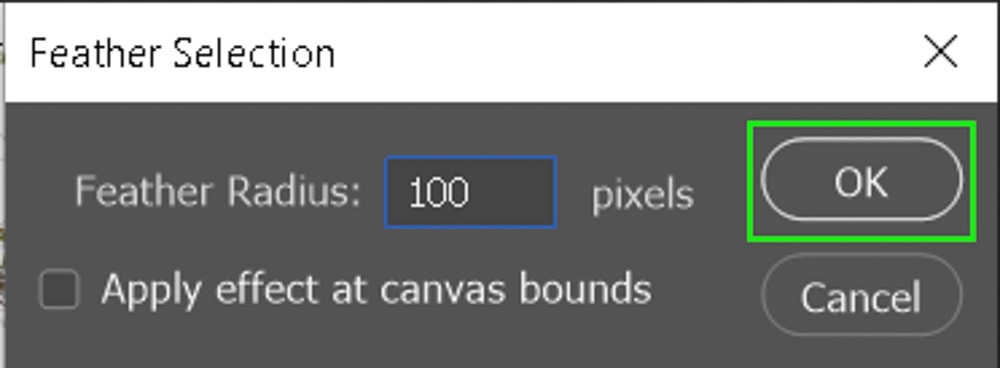
- When you lot're finished applying your Plume Selection, you'll notice that the pick around your image has changed. It's no longer a rectangle with sharp corners, but now 1 with rounded corners. This is considering the pick has adjusted inward to match the plume.

- With your prototype however selected, get back to the layer console and click the layer mask icon to successfully use the feathering effect to the edge of the image.

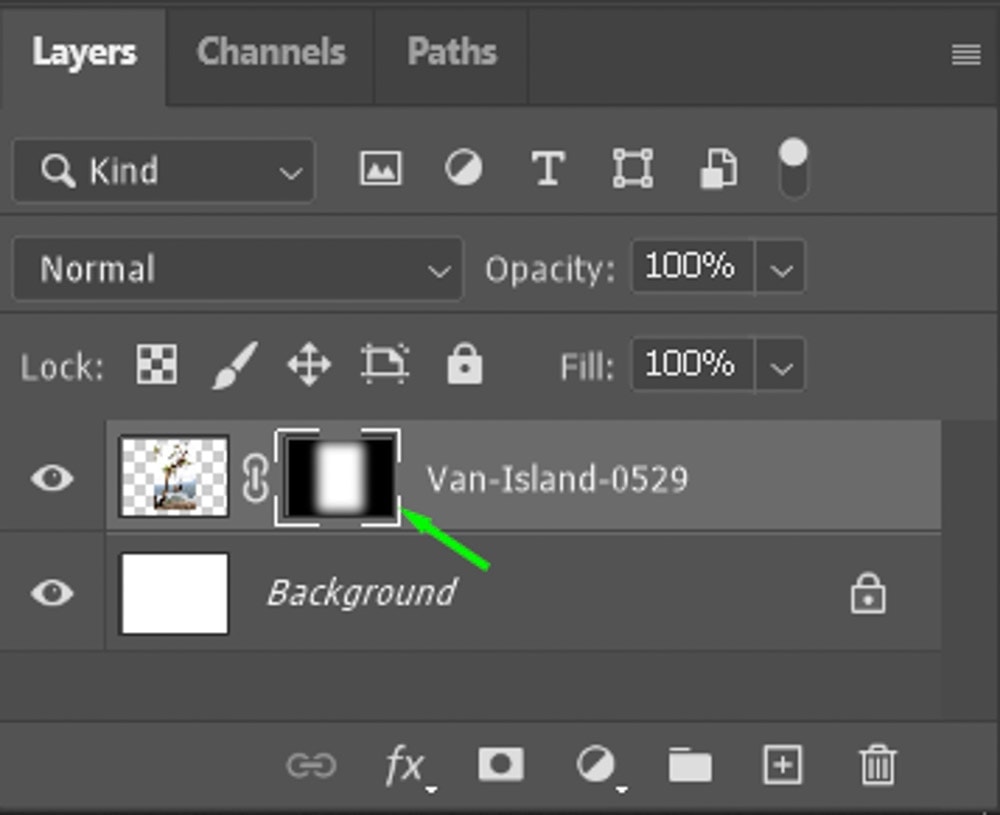
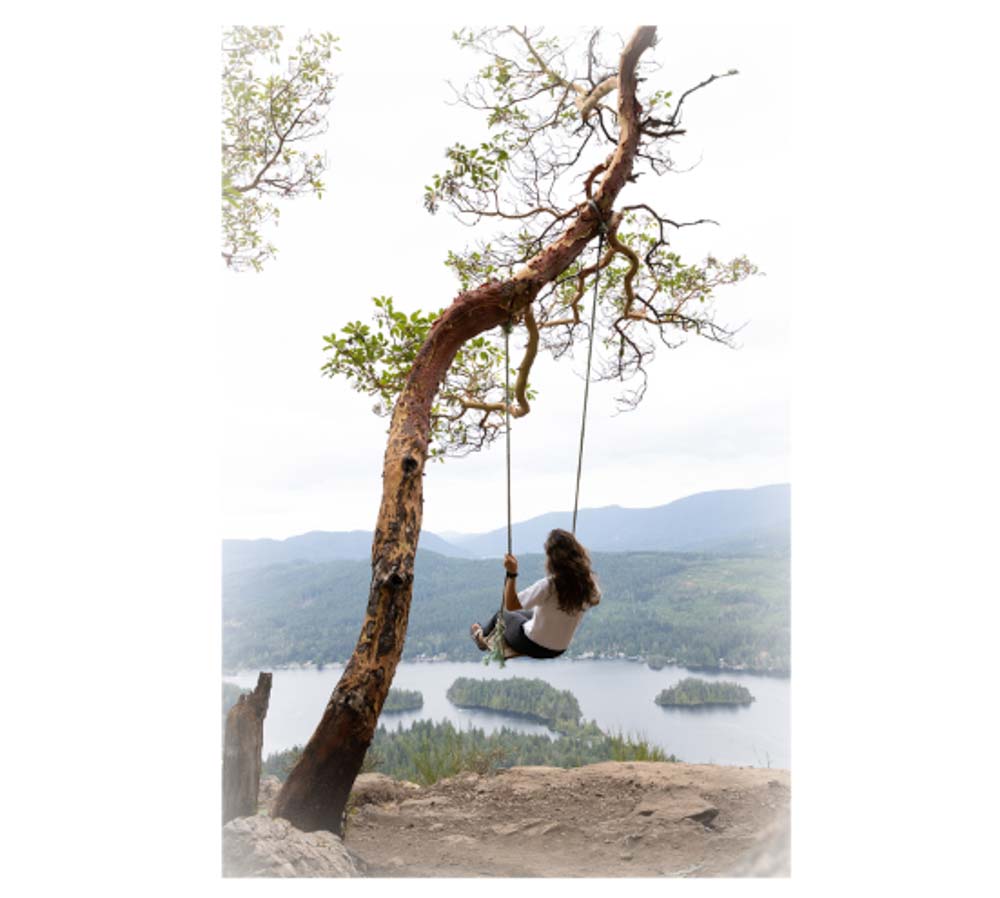
How To Add Plume To Marquee Selections
Applying the feathering consequence is possible not simply through using the feather function mentioned in the method higher up. You can also add feather to marquee selections also.
- First, select the rectangular marquee tool from the Toolbar. You tin as well utilise the shortcut One thousand to activate information technology as well.

- Side by side, become to the upper Setting Bar, where you lot will see a Feather section. Its default will exist 0 px, but I'll adjust the plumage to 100 px. This will apply the feather issue to your selection when it is drawn with the marquee tool. Every bit always, the 100 px is just a value used for demonstration, y'all can adjust as you see fit.


- Once you've adjusted the marquee tool'south feather, draw a option on your image. Equally you lot can run into, fifty-fifty though you're using the rectangular marquee tool, it will adjust inward to the feather value applied in the previous stride.
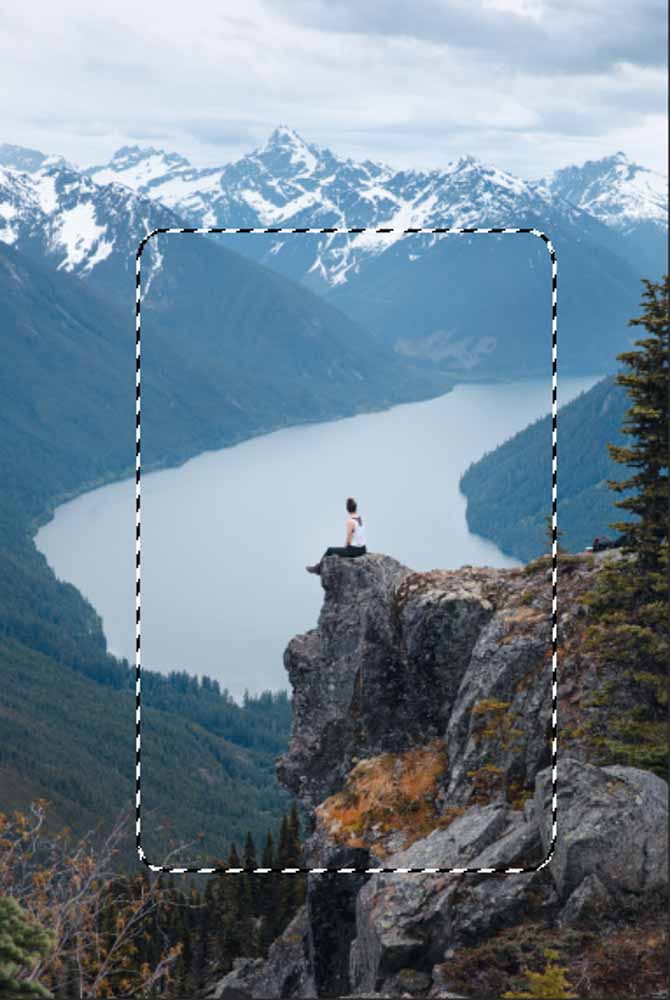
- After drawing your choice on your paradigm. Get to the Layers console and click the layer mask icon at the lesser of the console to apply a layer mask and reveal your plumage effect.

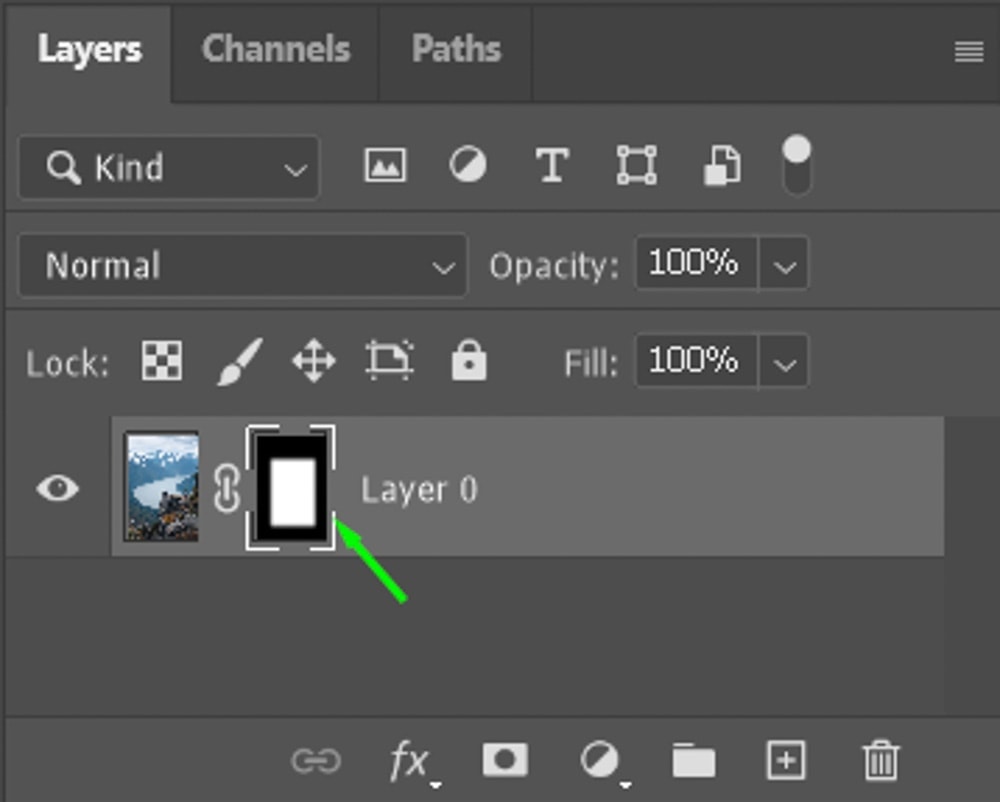

At that place you have it; y'all at present know about feathering Photoshop and how to use it. As you've seen, feathering is a great way to get rid of rough edges or make parts of a photograph stand out on their own.
Happy feathering!
Source: https://www.bwillcreative.com/what-is-feathering-in-photoshop-and-how-to-use-it/
Posted by: bloomarou1944.blogspot.com

0 Response to "Can You Feather The Edge Of A Mask In Photoshop"
Post a Comment